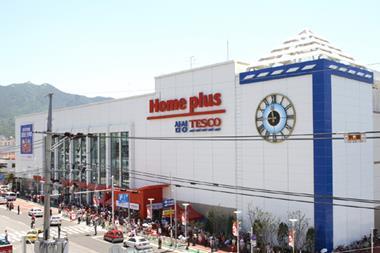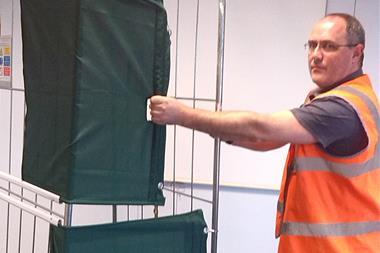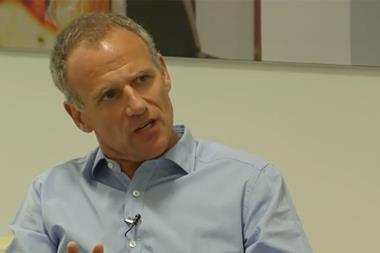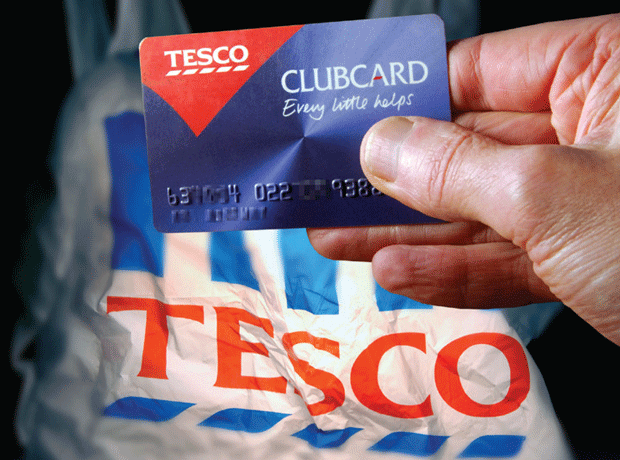As Dave Lewis said when he first broke the news of 43 store closures on 8 January, today is not a day for thinking about Tesco’s share price.
As the roll call of those stores and communities affected by the closures was finally announced at noon, the first thoughts had to be for the estimated 2,000 staff whose jobs are at risk as a result.
However, now that the list has been revealed, a look at the store concentration in many of the areas shows that ultimately Lewis probably made the right call. Aside from Tesco’s urgent need to generate the sort of financial headroom required to re-invest in its remaining store estate and service issues, Lewis has shown again he is willing to grasp the nettle in making the difficult decisions which will put Tesco back on track.
Calling a halt to what in some cases has been a staggering over-expansion, given the shift to different shopping patterns, is just one of the boxes that needed to be ticked.
Take just a few of those on the list to shut next month and it is clear why something had to give. The Chatham superstore, one of the bigger sites to shut, had no less than half a dozen other Tesco stores within a couple of miles. Bootle has three within 2 miles, Caerphilly has three and others are in similar territory.
No less than six of the stores are the Tesco Homeplus format which only the most blinkered of employees would suggest should be core to Lewis’ revival plans, given it is so out on a limb to today’s trends and Tesco’s core issues. So, harsh as it is for those involved, it looks like the right call.
The big question longer term is whether this is the last of it. Will a line will be drawn? Or will we look back in years from now and see this as the start of a bigger consolidation of space, not just from Tesco but from the rest? Last week, The Grocer revealed the list of Morrisons stores which also face the axe, bringing with them another set of worried employees and communities.
And while the focus of the cuts so far has been on c-stores, the “doomsday scenario” as far as staff are concerned would be if the bigger stores, which employ thousands at a time, faced a similar cull of any real scale. Sadly this can’t be ruled out.
When it came out before Christmas, most critics were widely sceptical of the report from Goldman Sachs calling on Tesco, Sainsbury’s and Morrisons to shut 20% of store capacity to rediscover profitable growth. Unfortunately events to date have increased the credibility of the report rather than the other way round.
The report claimed the structural problems of the supermarkets - with large stores reeling in the face of the shift to the internet, discounters and convenience stores - has left “capacity exit” as what it called the “only viable solution.”
Lewis surprised many by naming Metro and Express stores as the vast majority of the closures, although he has canned pipeline projects for a further 49, most of them larger stores. There must still remain considerable trepidation among Tesco staff and those in the wider industry about the ability of Lewis to transform the fortunes of the hypermarkets that remain.
Lewis was bullish about this in the January results briefing said that he had ideas which we would soon be seeing come to fruition. He described the bigger stores as an opportunity rather than excess baggage and agreed with suggestions that the problems of the large stores had been overblown. But it will be interesting to see what Lewis, who so far has set about unravelling many of the plans launched under his predecessor, will do. The extension of lease agreements with the likes of Sport Direct, a move started under Philip Clarke, is one potential area, but it would be surprising given recent events if Lewis rode into battle on the back of Giraffe restaurants and the like.
He also has the option to convert some stores, at least in part, to dark stores, although given the level of automation that would provide a fraction of the jobs. So let’s hope that when it comes to the closures revealed today, it’s not a taste of things to come. Hopefully, the rest of Tesco’s stores can last the course.



















No comments yet